So what should we do to awaken or initiate archaeological tourism in Quang Tri? First, we need to evaluate the tourism service capacity of the relics, select typical relics related to the provincial tourism centers, and find solutions to awaken this valuable resource.
Firstly: It is necessary to conduct surveys to assess the current status of each relic, and create an archaeological map of Quang Tri . Develop a master plan to preserve, restore and promote the value of the archaeological relic system in the province to serve tourism development. Conduct a dossier to rank relics as a basis for management, protection and promotion as a tourism product.
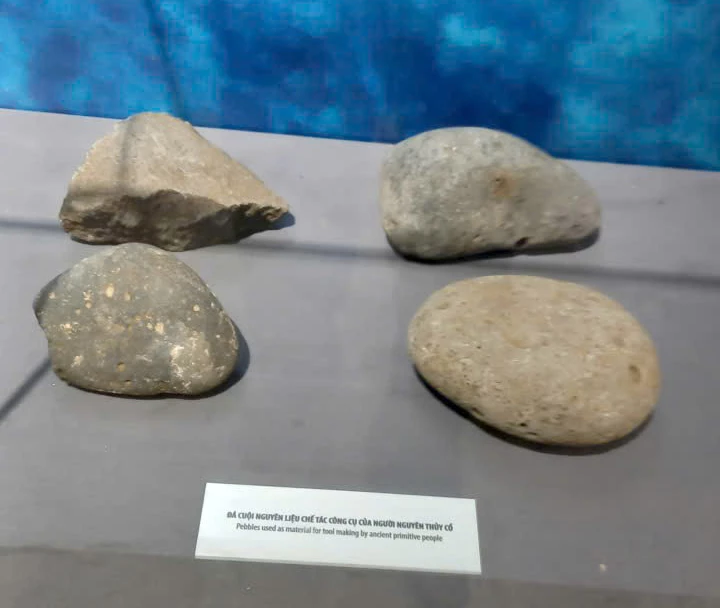 |
| Pebbles - raw materials for making tools of primitive people on Con Co island, Quang Tri province - Photo: T.D.H |
Second: For Hoa Binh cultural relics in the western localities of Quang Tri, the caves around the old Quy Dat town, such as: Khai Cave, Cay Quyt Cave, Tham Hamlet Cave... need to erect steles to mark. In particular, to serve tourists to visit and learn about this attractive type of tourism, it is necessary to organize large-scale excavations of two relics associated with other tourism products, namely Bau Tro relic and Con Nen relic. Bau Tro archaeological relic is very convenient in terms of transportation, close to the sea, near Nhat Le beach, many restaurants, hotels, services, convenient communication...
Therefore, to promote the tourism value of this archaeological site, it is necessary to excavate and build an outdoor museum on site... There should be solutions such as building infrastructure, traffic leading to the site, building a souvenir shop, applying some solutions to exploit and promote the value of the site, building a brand promotion program, publishing brochures, leaflets... focusing on solutions regarding resources, tour guides. Solutions regarding security and order, and environmental protection of the site.
When building tours and sightseeing routes, travel agencies need to connect with archaeological sites; make efforts to attract tourists to this type of product. Building archaeological sites and archaeological tourism destinations helps tourists explore and experience the cultural and historical values of the sites. It is necessary to link the conservation and promotion with tourism exploitation of Bau Tro cultural sites in general, and Bau Tro archaeological sites in particular, in the overall system of historical and cultural sites of Dong Hoi ward.
It is necessary to awaken the relic of My Cuong pottery and porcelain kiln area in My Cuong village, Dong Son ward. This is a traditional craft village (ward) with the earliest pottery and porcelain firing profession in Quang Tri. The village is located close to the North of My Cuong river, a small branch of the river flowing into Le Ky river, joining Nhat Le river, then pouring into Nhat Le estuary.
The site was excavated by Vietnamese and Japanese archaeologists in 1997, discovering three ceramic kilns and many artifacts such as jars, vases, pots, teapots, bowls, cups... dating back to the 17th and 18th centuries. Ceramics and porcelain are characterized by being unglazed and fired at high temperatures. My Cuong products are present in the central provinces, especially in Sa Kai (Japan), contributing to the study of trade routes in the 17th and 18th centuries in the central provinces of Vietnam and Japan through the bustling Hoi An port at that time.
To have an attractive My Cuong for tourists, it is necessary to build an on-site exhibition house. Continue to complete the unfinished relic ranking dossier to have a legal basis for investing resources to preserve, exploit and promote the potential of archaeological tourism of this relic in the connection with adjacent products, such as: Duc Ninh Exchange Area, Thuan Duc War Zone...
For the tourist center of Vung Chua - Yen Island in the North of the province, an archaeological site of Con Nen is lying dormant in the vast sand dunes of the area north of Gianh River. This archaeological cultural heritage is considered typical, a continuous connection at the end of Bau Tro period to the transition to the early Bronze Age on Quang Tri land.
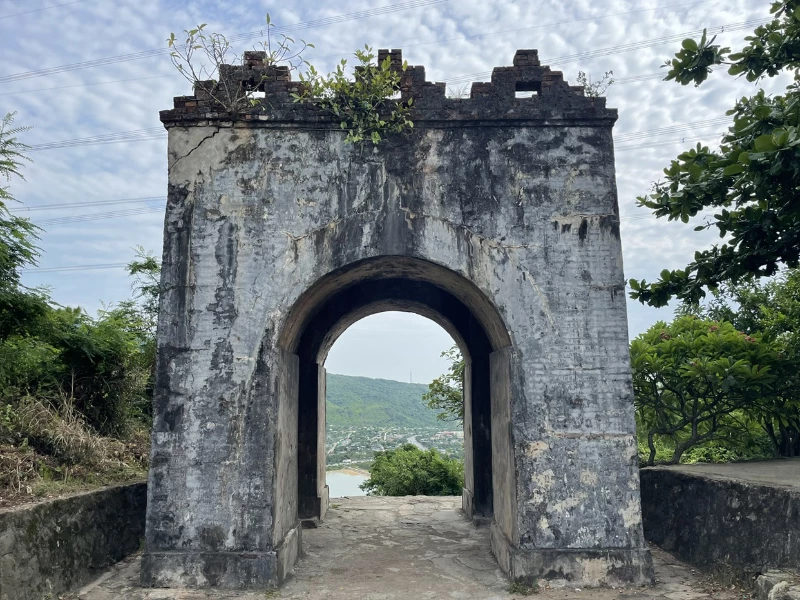 |
| Hoanh Son Quan (Source: Internet) |
To launch this heritage for archaeological tourism, it is necessary to build a dossier to classify the relic, demarcate the protection zone, set up markers, conduct additional excavations, and build an on-site exhibition house. Build supporting items so that this relic soon becomes an archaeological tourism product, playing the role of a satellite of the northern tourism center of the province, alongside other relics such as the tomb of General Vo Nguyen Giap, Trung Thuan war zone, Canh Duong fighting village, Lieu Hanh Holy Mother Temple, Gianh ferry relic, Vung Chua-Yen island scenic spot, Ngang pass-Hoanh Son quan
To have more options for trips in the North and West of Quang Tri, in addition to sightseeing and admiring the beauty of caves, experiencing water sports, and community eco-villages, visitors can come to a type of cave archaeological tourism in this area, which is a system of Hoa Binh cultural relics distributed in Yen Lac cave, Kim Bang cave, Xom Tham cave, Minh Cam cave.
The tourism center in the West of the province will be more diverse and colorful if these archaeological sites are awakened so that in addition to eco-tourism, cave tourism, and cultural and historical relic tourism, visitors will have to consider the length of their stay in Quang Tri. To have a series of archaeological sites that attract tourists here, it is necessary to organize investigations, surveys, and assessments of the current status, research and build scientific records, organize excavations of some cave sites, preserve the original state on site, propagate, introduce, promote, invest resources, erect plaques, build infrastructure, traffic, link travel businesses to build tours, routes, and destinations, improve the professional capacity of tour guides, awaken archaeological tourism products, exploit and promote their values, contributing to making Quang Tri tourism more colorful, diverse, rich, and attractive, gradually affirming the position of archaeological tourism products in the overall Quang Tri tourism.
Nicholas Tse
Source: https://baoquangtri.vn/quang-tri-tiem-nang-va-khat-vong-phat-trien/202508/di-tich-khao-co-o-quang-tri-bai-2-danh-thuc-nguon-tai-nguyen-quy-gia-7da3a25/


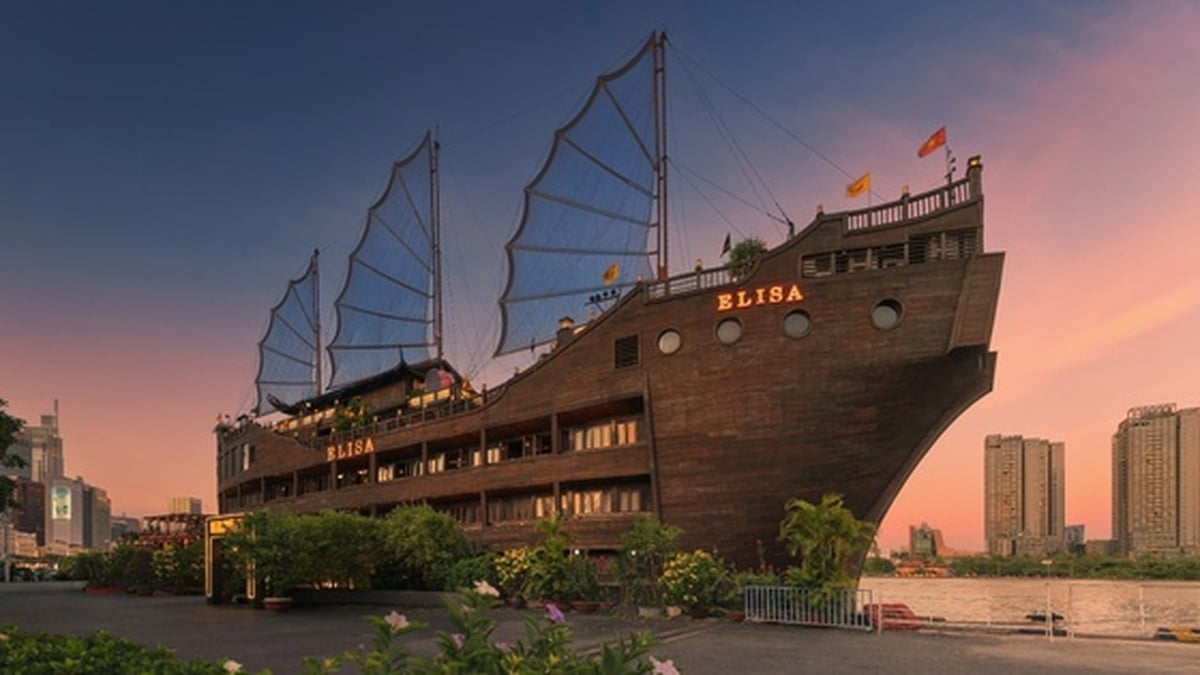
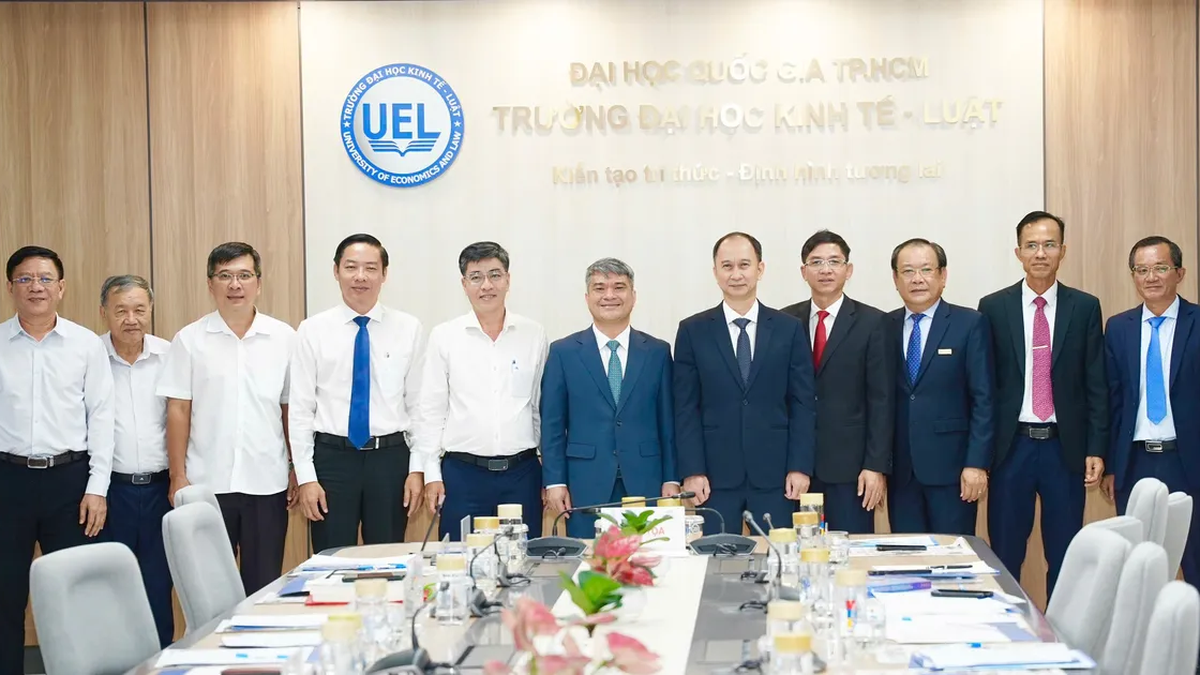

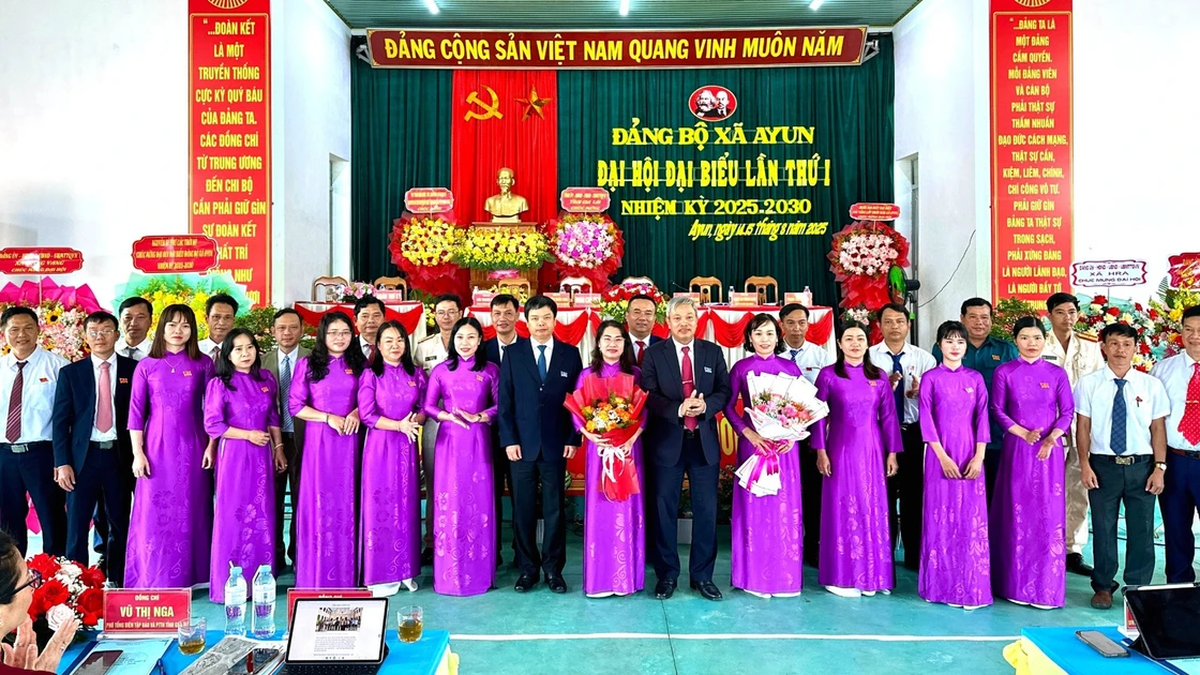
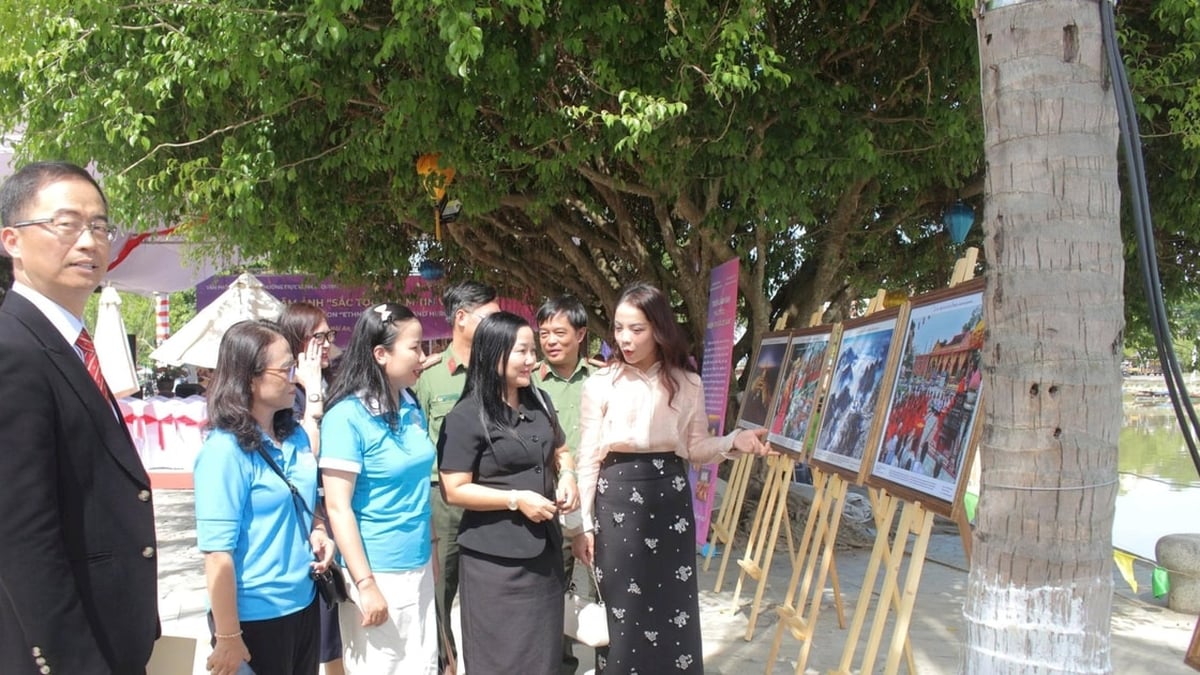

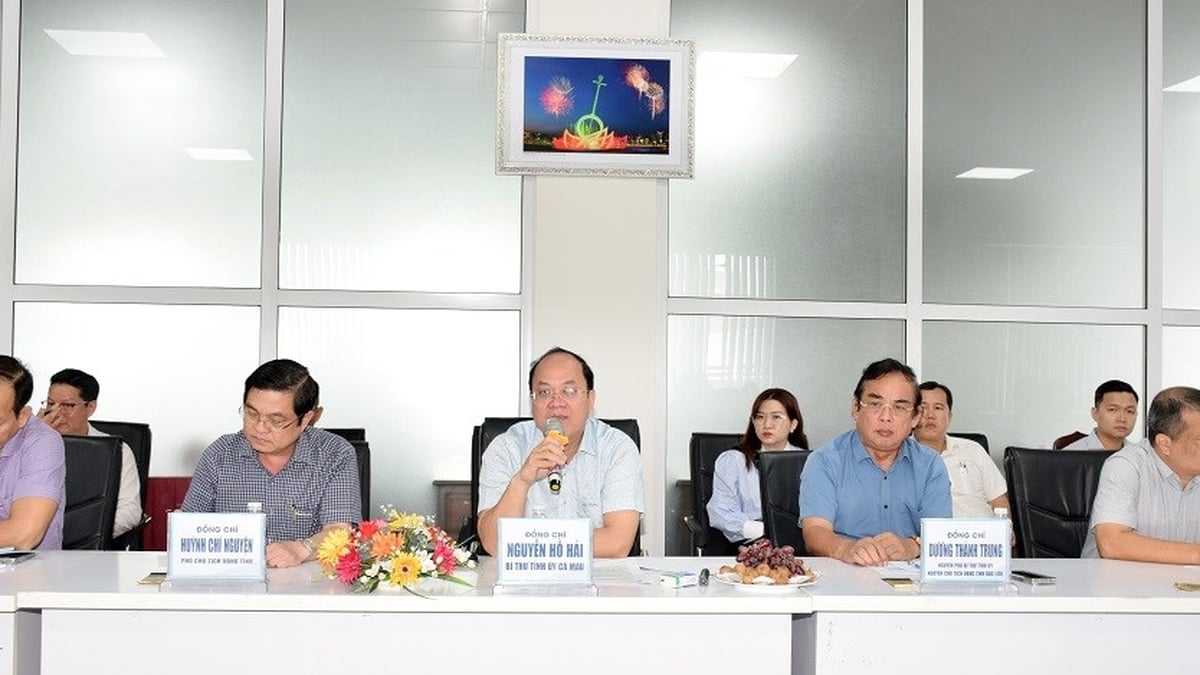
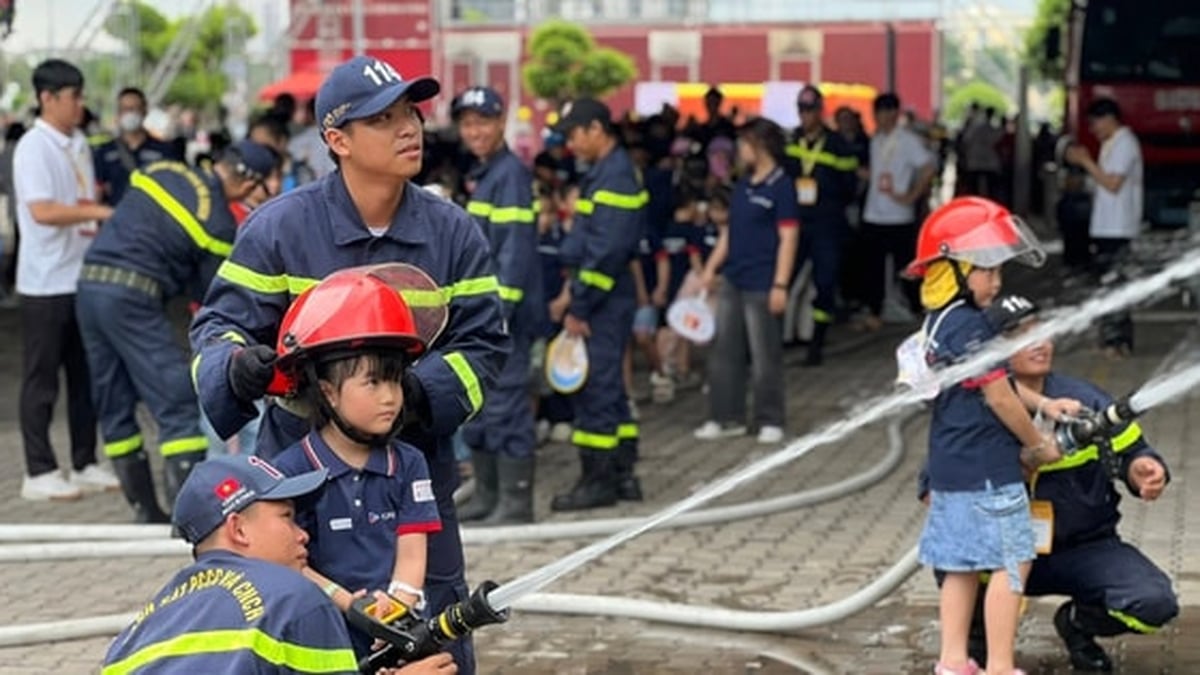
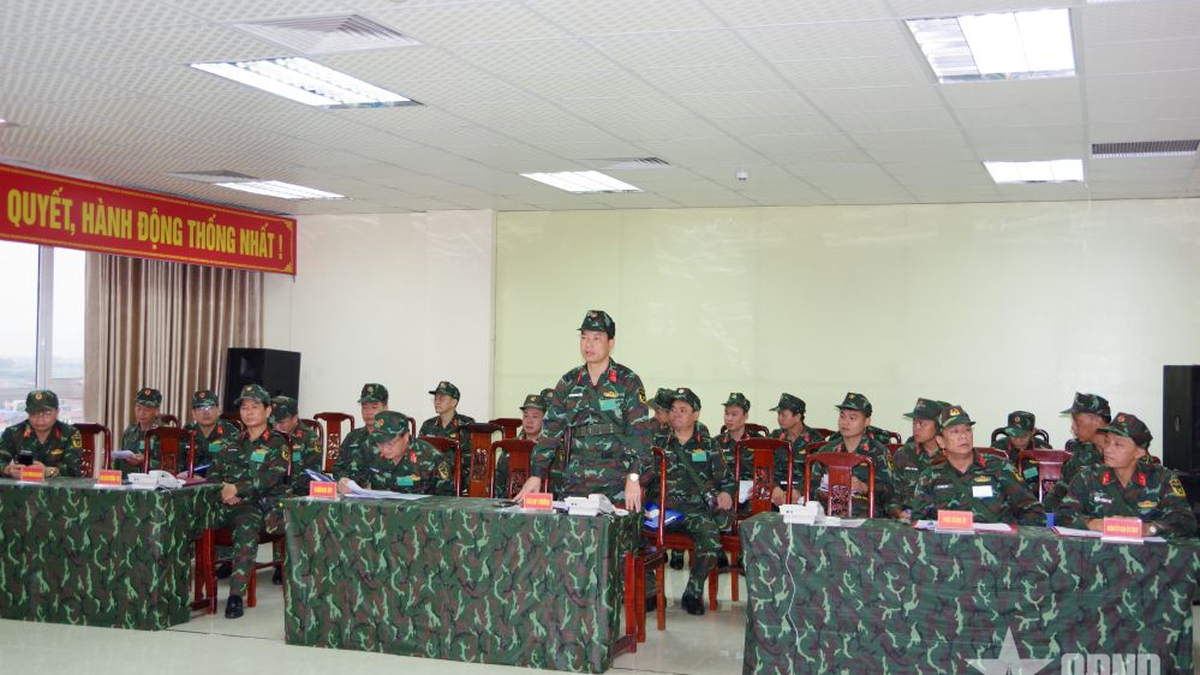
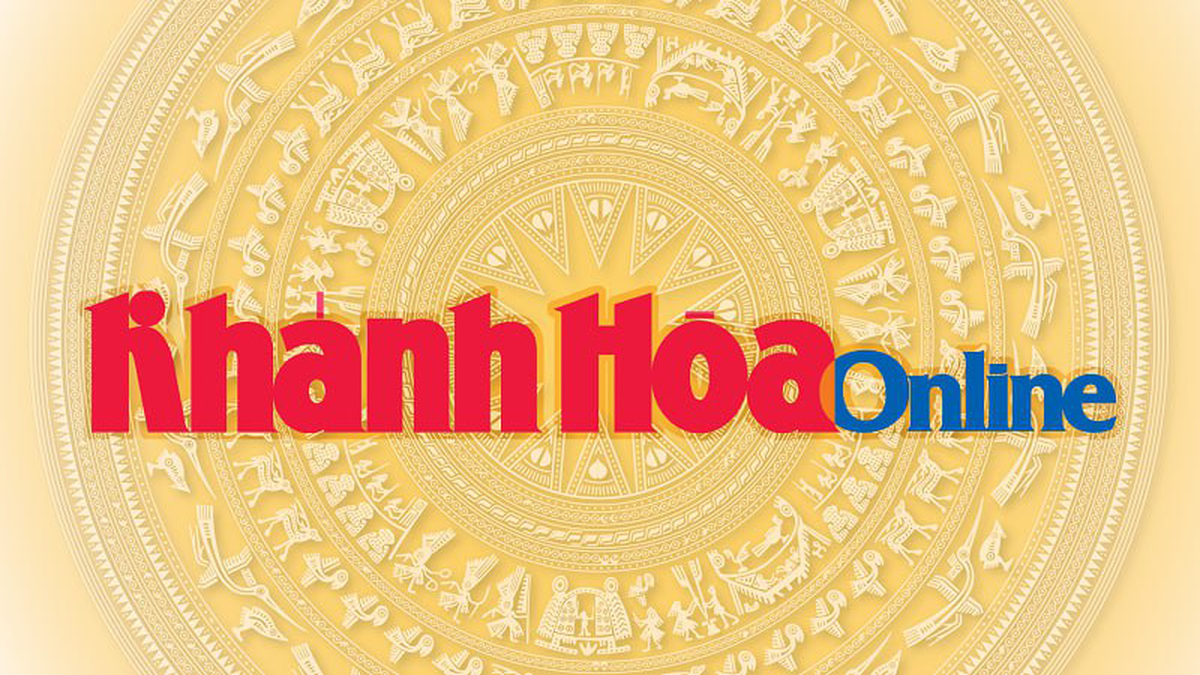










![[Photo] The special solidarity relationship between Vietnam and Cuba](https://vphoto.vietnam.vn/thumb/1200x675/vietnam/resource/IMAGE/2025/8/15/5f06c789ab1647c384ccb78b222ad18e)

![[Photo] Firmly marching under the military flag: Ready for the big festival](https://vphoto.vietnam.vn/thumb/1200x675/vietnam/resource/IMAGE/2025/8/15/86df2fb3199343e0b16b178d53f841ec)


![[Photo] Binh Khanh Bridge Ho Chi Minh City is ready to reach the finish line](https://vphoto.vietnam.vn/thumb/1200x675/vietnam/resource/IMAGE/2025/8/14/b0dcfb8ba9374bd9bc29f26e6814cee2)

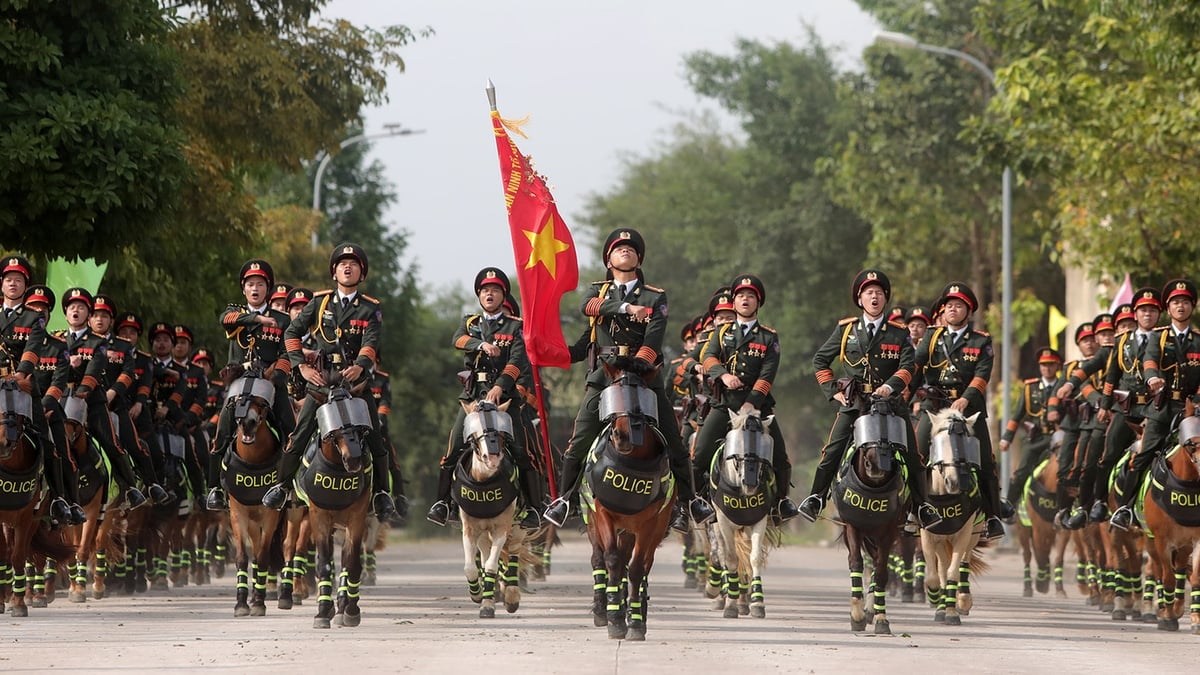






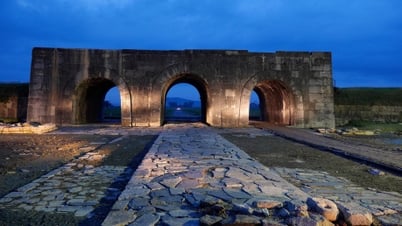






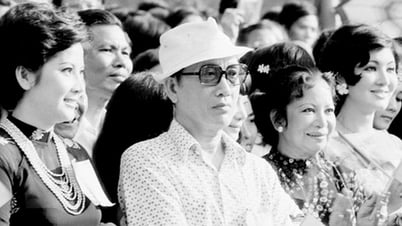




















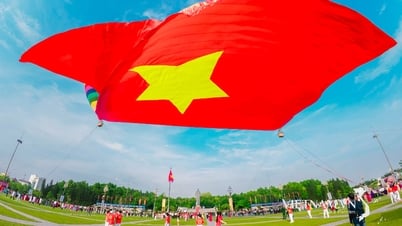
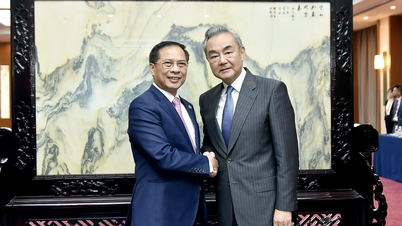




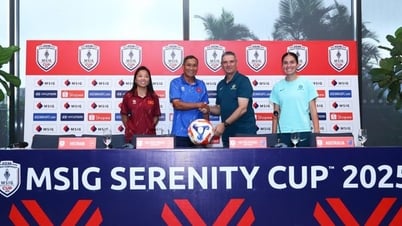


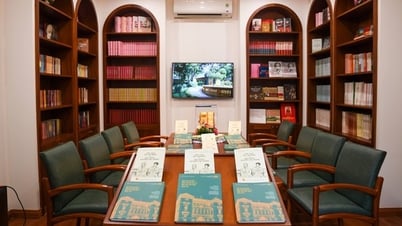
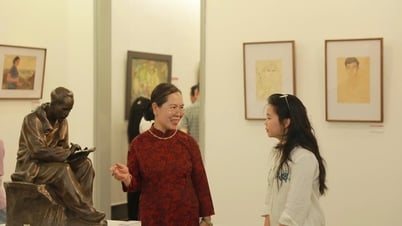
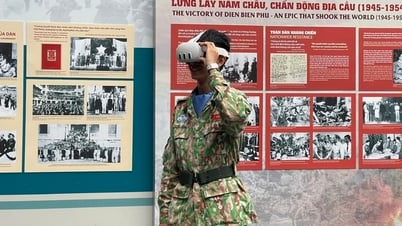
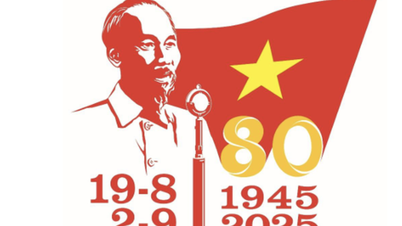




















Comment (0)